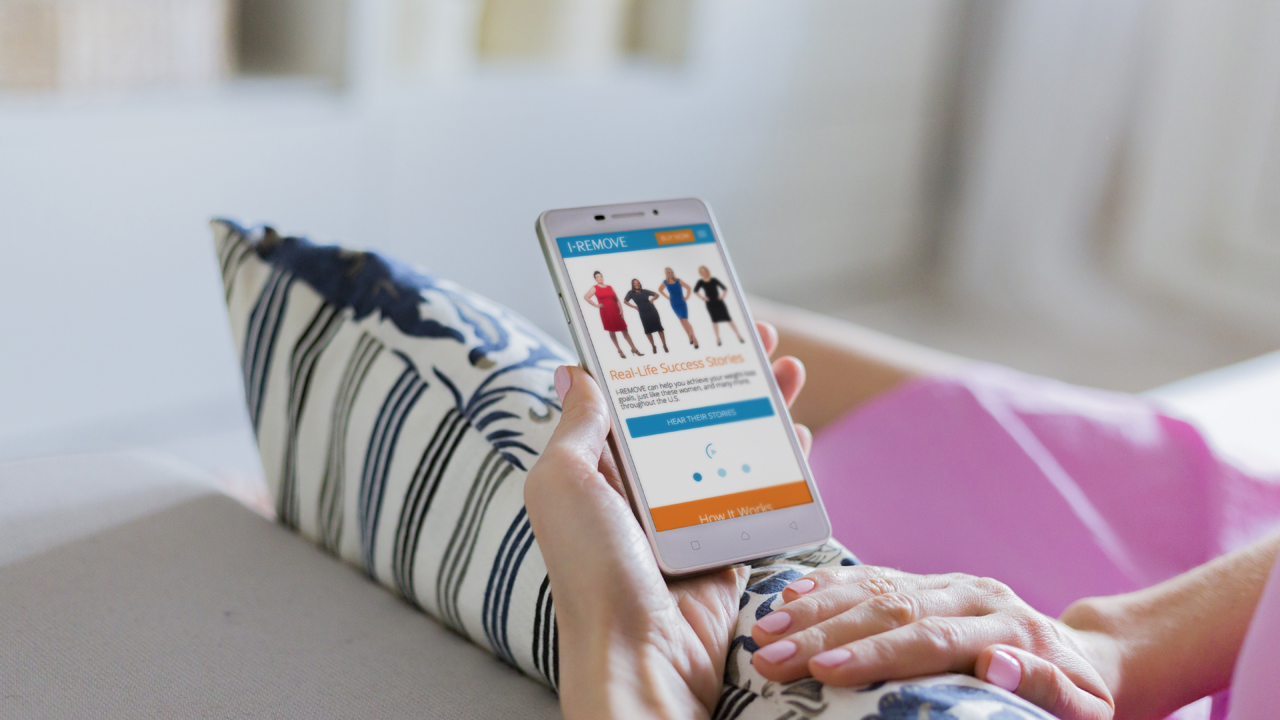2018-04-03T10:35:00
(BPT) – Major life events like childbirth, aging and menopause can cause unwanted changes to a woman’s body. These tend to include a woman’s overall vaginal health that can impact her daily life in terms of work, travel, sports and also, her sex life.
Fortunately, there is an innovative, non-surgical treatment that can restore confidence by helping women of all ages feel more like their younger, more vital and sensual selves. This non-invasive procedure reverses the changes in vaginal tissue that are often associated with aging, childbirth and menopause. With the Juliet™ laser, women can feel and see improvement after every treatment as the vagina is restored to a more youthful state.
Bay Area medical device company, CUTERA®, recently launched the Juliet™ laser, an innovative system that provides women renewed confidence, quality of life and enhanced sexual function. This quick, painless treatment is performed in your provider’s office and takes approximately 15 minutes and can be performed without anesthesia, incisions or downtime. The Juliet laser works by delivering two passes of laser energy to the vaginal area. The first pass stimulates the remodeling of collagen while the second pass stimulates the damaged tissue. As a result, women experience an overall improvement in vaginal rejuvenation.
“Today’s woman strives to both look and feel good, and their sexuality is an important part of their lives,” reports Dr. James Mirabile, a Board-Certified Gynecologist in Overland Park, Kansas. “The Juliet laser is turning back the clock on feminine aging. Some women are even showing improvement in symptoms after a single treatment with best results achieved after two to three sessions. Lubrication, vaginal laxity and tone can be vastly improved. Sex becomes comfortable again as Juliet treats burning, itching, dryness and painful intercourse, with results continuing to improve in the months that follow. It is the treatment of choice for women experiencing menopause to help restore their self-confidence. Our patients tolerate the procedure very well and are extremely pleased with the results we can achieve,” he said.
According to Dr. Samuel Lederman, Co-Director of Laser Skin & Wellness in Palm Beach County, Florida, “With the Juliet laser, we have found that dramatic improvements can occur in quality of life and our patients are genuinely excited about the results. Women who have had two or three children are amazed by the changes they experience. Post-menopausal women are delighted with the reduction in the symptoms of feminine aging that can be achieved with this revolutionary in-office procedure. Because Juliet’s beneficial effects continue to improve over time, many women report further clinical benefits in three or more months after they have been treated,” he said.
The Juliet laser is a safe and effective treatment for many of the symptoms typically associated with diminished estrogen production from aging, changes after childbirth, as well as after breast cancer treatments or hysterectomy.
To find a Juliet provider near you, visit the Cutera Treatment Finder.













